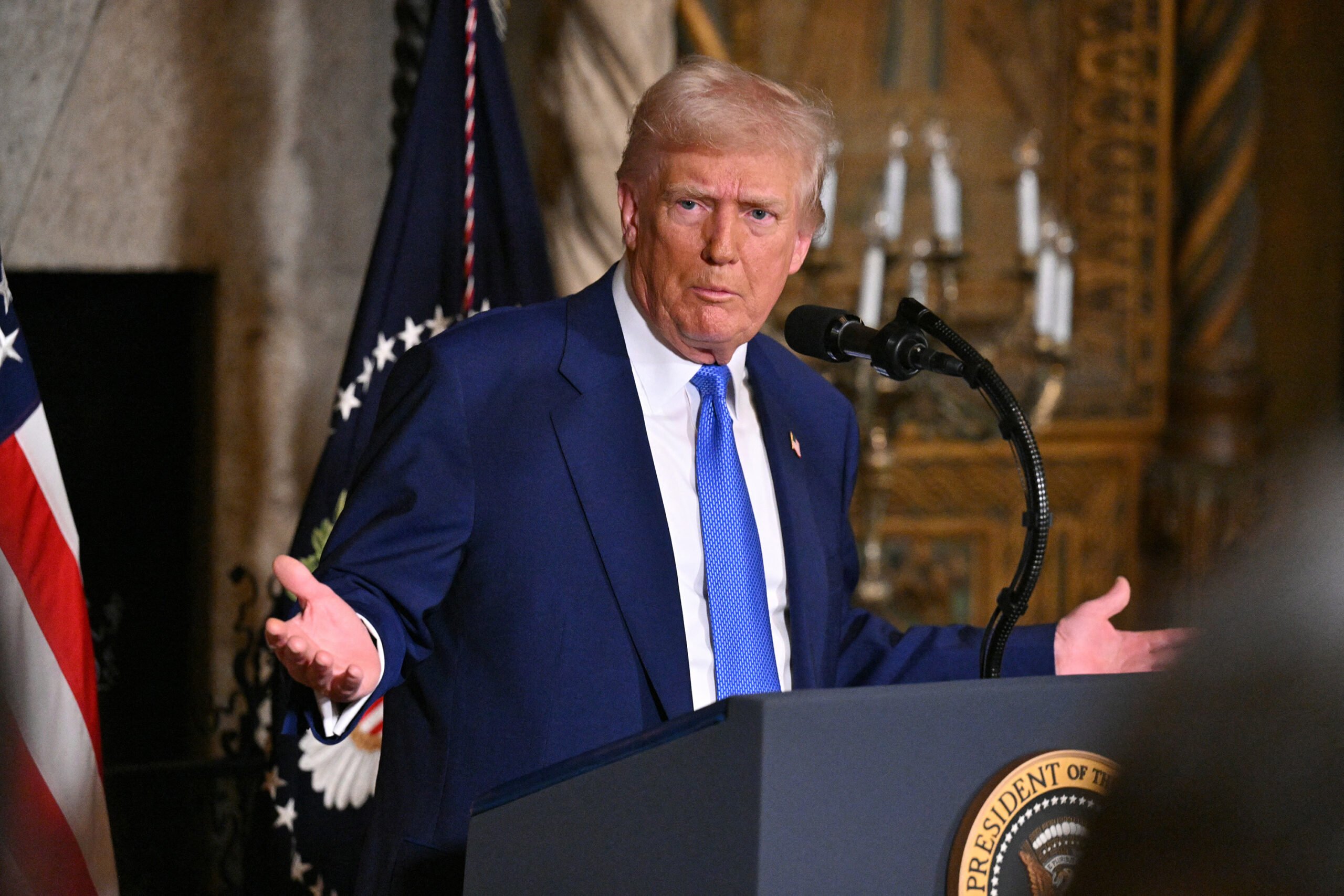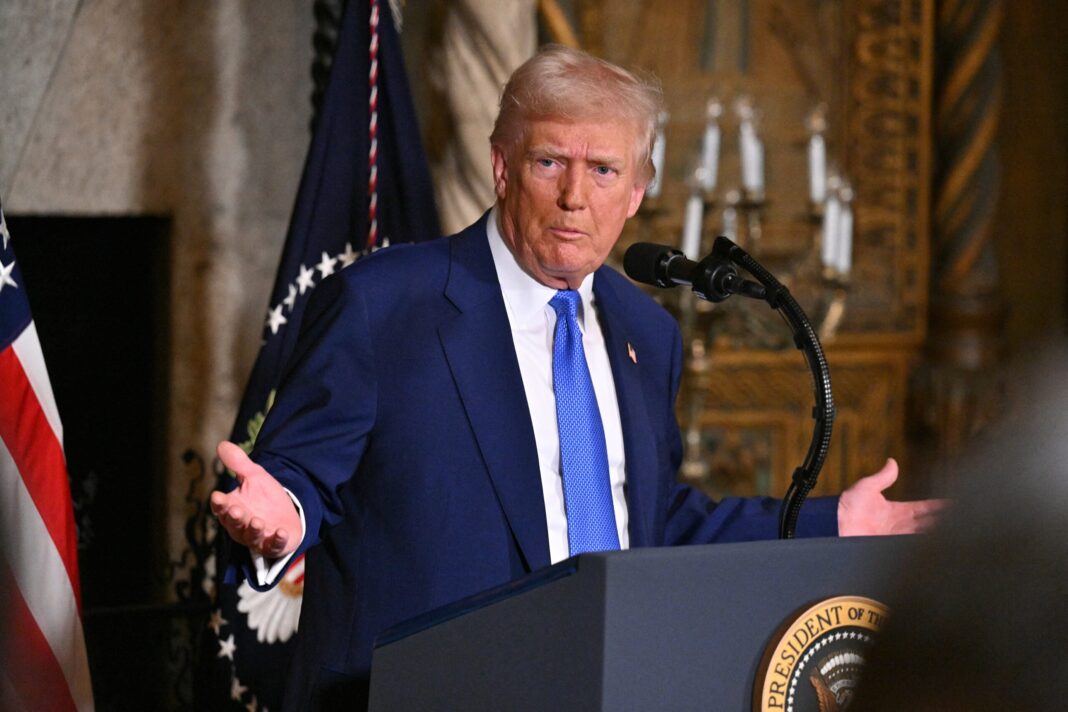Refugee Policy Changes Under the Trump Administration: A Closer Look

In a bold move, the Trump administration has recently unveiled new refugee limits that have sparked significant controversy and heated debates. This decision aims to cap the number of refugees entering the United States during the upcoming fiscal year—from October 2025 to September 2026—at a historically low figure of 7,500. This threshold marks the lowest since the inception of the U.S. refugee program in 1980.
Historical Context
Previously, under former President Joe Biden, the cap for refugee admissions was set at 125,000. The stark contrast between these numbers raises eyebrows, particularly regarding the motivations behind such a drastic reduction. The Trump administration claims this change serves national interests and promotes fiscal efficiency, yet many critics argue that it serves a different agenda.
Focusing on Specific Demographics
One of the more controversial aspects of this refugee policy is the administration’s stated preference for certain demographics. Reports indicate that the U.S. will prioritize refugees from South Africa, particularly white individuals, and others deemed “victims of illegal or unjust discrimination.” This focus has generated backlash, particularly from the South African government, which has contested claims of widespread persecution against white citizens.
The political undertones are hard to ignore. Critics, including former South African ambassador to Washington Ebrahim Rasool, have publicly denounced what they term Trump’s “white victimhood narrative,” suggesting it aims to mobilize a supremacist agenda.
Arguments from the Administration
The Trump administration’s rationale for the new cap is couched in the language of national interest, suggesting it will “promote efficient use of taxpayer dollars” and support refugees in achieving “economic self-sufficiency.” The administration purports that this change reflects a commitment to balancing humanitarian needs with national security concerns.
Yet, as critics have pointed out, this justification lacks substantial evidence. Opponents argue that it risks redefining the concept of refugees, focusing instead on racial identities rather than the fundamental reasons people flee their countries—persecution, violence, and human rights abuses.
Responses from Advocacy Groups
Human rights organizations and advocates for refugees have been vocally critical of these changes. Refugees International articulated that this policy appears to be less about protection for those in need and more about crafting a political narrative that aligns with the Trump administration’s agenda. The organization argues that this policy directly harms thousands of refugees—individuals who have already been vetted and are awaiting resettlement in the U.S.
Key Voices in the Discussion
Krish O’Mara Vignarajah, president of the nonprofit Global Refuge, stated, “This decision doesn’t just lower the refugee admissions ceiling. It lowers our moral standing.” This highlights the broader implications of such a policy shift on the United States’ ethical stance regarding refugee protection. For decades, the U.S. refugee program has served as a critical lifeline for many, and critics argue that concentrating admissions on a narrow demographic undermines its foundational purpose.
Public Reactions and Social Media Sentiment
Social media platforms have become hotbeds for discussion regarding these new limits. Advocacy organizations, such as IRAP, have leveraged Twitter to condemn the changes, framing them as an attack on fundamental principles of asylum and humanitarianism. Deliberations on platforms like Twitter often underscore the emotional and moral weight of these policy decisions, as voices from various backgrounds mobilize to express their concerns.
A Shift in Immigration Discourse
As this refugee policy continues to unfold, it sets a concerning precedent for future discussions around immigration in the U.S. The implications extend beyond the immediate numbers, posing questions about who is deemed worthy of protection and who is not. The potential for reinterpreting refugee protections based on racial identities rather than the pressing need for asylum introduces significant moral dilemmas.
In summary, the changes announced by the Trump administration reflect not only a shift in numbers but a recalibration of what it means to seek refuge in America. The juxtaposition of historical refugee policy with these new confines raises crucial questions about identity, belonging, and the humanitarian obligations of nations during times of global crisis.



